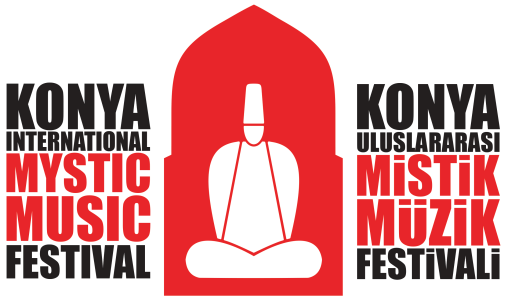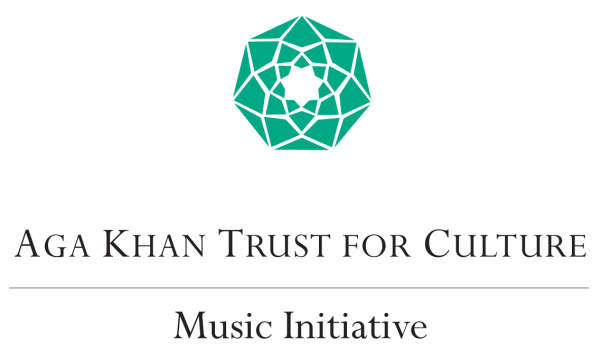Indian Classical Music
Classical music of the Indian subcontinent has a rich history of being one the most developed expressions of our cultural heritage. Its foundations pre-cede 5000 years, going back to the ancient Indus civilization. Many instruments such as harps, flutes and percussion instruments were found during the excavations at Harappa and Mohenjo Daro, the centers of the Indus valley situated in present day Sindh, Pakistan.
The earliest form of Indian music was based on chants or recitation of hymns, found in scriptures or Vedas, the earliest of which were the Rig Veda and Sama Veda. The music of the Vedic era was of a simple nature, yet it retained a systematic order, the basis of which is still in existence today. The earliest musical treatise, the Natya Shastra was written 2000 years ago and gave details on dance, vocal and instrumental music. The next important treatises on music of the early period were the Brihaddeshi and Sangeet Ratnakar.
Sarangdev’s Sangeet Ratnakar was written at the end of the 12th century and gave valuable information on the state of music before the coming of the Muslims. The text revealed the progression of Indian music since the Vedic era. Prabandhas had now replaced the Vedas, different scales (raags) were being used and the text also included a detailed description of musical instruments. The music was still firmly rooted in religion and often performed in temples as part of worship rituals.
Indian music underwent several innovative changes after the advent of Muslim rule beginning from the late 11th century. Islamic influence brought in its wake a changed perspective in the style and structure of Indian music, which over the course of time evolved to become a unique blend of Hindu and Muslim traditions called the Hindustani music, common today especially in North India. This unique synthesis resulted in the creation of new raags and musical genres such as qawwali, tarana, khayal and thumri. Instruments such as the rabab, sarod, sitar, tabla, santoor and naqqara were developed and introduced into the Indian fold.
The first encounter of Indian music with Muslims was through Sufi saints who were attracted by traditional Hindu temple music. Sensing that music was an essential feature of the daily lives of the local inhabitants, Sufis used music to spread the message of Islam across to the populace of India. Many Sufi saints such, foremost being Hazrat Amir Khusrau, held regular sessions of sama or qawwali at their khanqahs to propagate Islam to the masses.
Santoor
Santoor is a very ancient instrument of India. The original name of this instrument, mentioned in some ancient scriptures, was Shata-tantri Veena, which in Sanskrit language means the instrument with 100 Strings. The present name "Santoor" arrived with the Persian language influence. There are Hundred Strings in the traditional Santoor. It is a hollow box on top of which are located 25 bridges. Each bridge have 4 strings resting on it. To play this instrument, two wooden mallets are used. This instrument had been in use in the Valley of Kashmir for many centuries, used mainly as accompaniment to vocalist in Sufi Music. Till 1950s when it was introduced to classical music by Pandit Uma Dutt Sharma, Father of Shivkumar Sharma, Santoor had never been used in Indian Classical Music, nor was it known much in India outside the Valley of Kashmir.
The modified Santoor which Shivkumar Sharma plays now has got 31 bridges, total number of strings 91. It has got a range of 3 Octaves and chromatic tuning. In Kashmir Santoor is kept on a wooden stand in front of the Musician while playing. Shivkumar Sharma changed that posture and started keeping it on the lap to cut the extra resonance which resulted in getting a very clear tone even while playing very fast passages. The mallets are held in between Index and Middle finger and the thumb.
There was a time when Santoor was manufactured only in Kashmir but now there are Santoor makers in Mumbai, Delhi, Kolkata, Punjab and Varanasi who are making Santoors according to the modifications carried out by Shivkumar Sharma which has become a standardized form of this instrument. All his disciples and most of the other Santoor players who may not be his direct disciples around the World are following this system of Santoor playing.
Pandit Shivkumar Sharma
Born in 1938, Pandit Shivkumar Sharma, a musician par excellence, a great composer and a tolerant, kind guru, is a living legend. He was initiated into music at the age of five as a vocalist and tabla player by his father Pandit Uma Dutt Sharma, who was a very versatile musician himself, a performing vocalist and Dilruba player, but equally well versed in playing tabla and harmonium. It was an intriguing choice for Shivkumar Sharma to take up Santoor as his main instrument which had never been used in Indian Classical Music before that, but as it was the will and direction of his father, he started learning Santoor.
In his long career, Pandit Shivkumar Sharma had innumerable achievements in and contributions to music, and first among these is that he single handedly brought forth an obscure, almost unknown instrument to the level of being an important instrument of Indian Classical Music. Convinced of the potentialities of the instrument, Pandit Uma Dutt Sharma bestowed the responsibility of establishing it on the concert platform on his only son Shivkumar. After in-depth research, Pandit Shivkumar Sharma made some important modifications on the traditional hundred stringed instrument, like a new chromatic arrangement of notes which increased the range to cover full three octaves. Besides, he also created a new technique of playing with which he could sustain the notes and maintain sound continuity. Today Santoor is at par with any classical instrument, well established not just all over India, but across the globe.
With his creative genius, Pandit Shivkumar Sharma has created a new genre of instrumental music. Through his performance career of over half a century, he has created millions of new listeners and ardent fans of Indian classical music. His performances are such a brilliant combination of rich knowledge, perfect skill and abundant, spontaneous creativity. With the aim of continuing the great heritage of the Indian Classical Music, he has been imparting his knowledge to create the next generation of musicians. He has been teaching in the Guru Shishya tradition, without charging any fee from his students who come from all the corners of India as well as different parts of the world like Japan, Germany, Australia and America.
Today he has over 100 recordings to his credit in LPs, CDs, Audio Cassettes and even DVDs. Naturally, a musician with such a vast spectrum of achievements has a long list of National and international awards conferred upon him like the Honorary Citizen for the City of Baltimore, USA (1985), Sangeet Natak Academy award (1986), Maharashtra Gaurav Puruskar (1990), Honorary Doctorate from the University of Jammu (1991), Padmashree (1991), and Ustad Hafiz Ali Khan Award (1998), to name a few.










